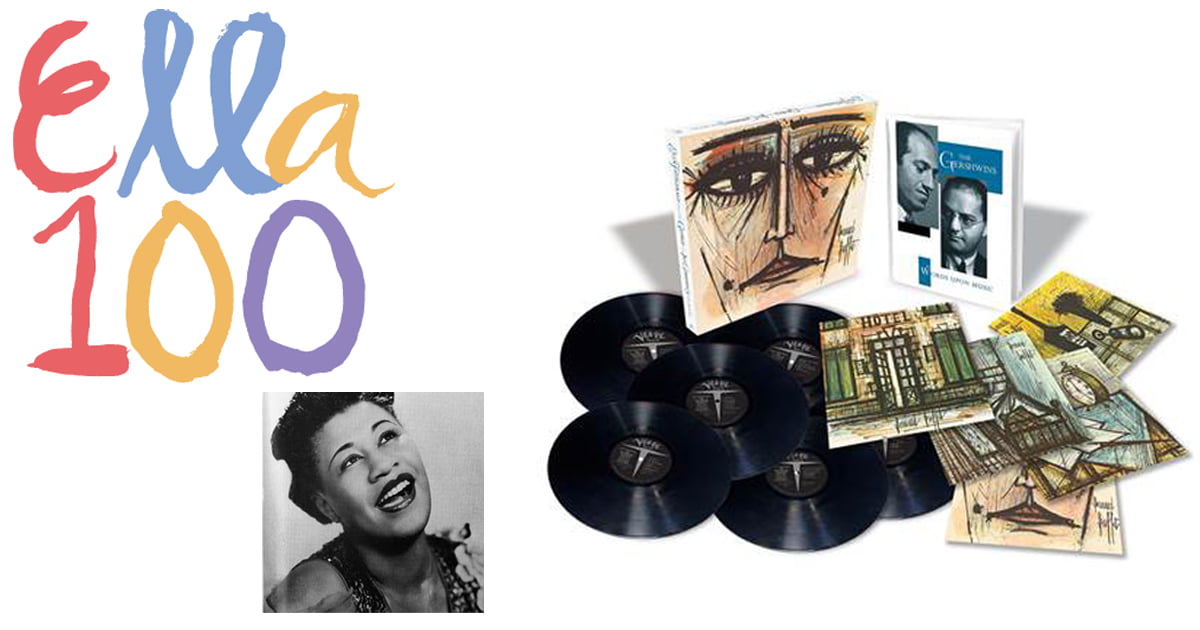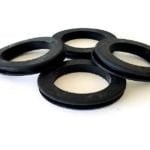It’s the time of year for saving money!
In 1959, jazz impresario Norman Granz delivered a number of one-two punch releases on his Verve Records label featuring Ella Fitzgerald. One of those albums was a five disc boxed set, an intensive session of Ella recording the George and Ira Gershwin songbook backed by the Nelson Riddle Orchestra, recorded at Capitol records studios. Titled Ella Fitzgerald Sings The George & Ira Gershwin Song Books, the set was a big lush sprawling affair. The packaging reflected this: Granz included not only a hardcover book but he also commissioned exclusive original artwork from French Impressionist Bernard Buffet for the album cover (an art buff, Granz included a series of suitable-for-framing, LP size prints with the set). Additionally there were session outtakes of the orchestra which ended up on a bonus 7-inch single, which proved problematic in shipping as it slipped around a lot.
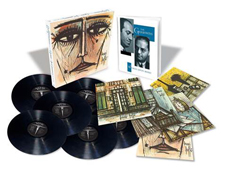 As part of Ella’s 100th birthday celebration, the Ella Fitzgerald Sings the George and Ira Gershwin Song Book has been reissued with improvements which are significant. They have created a lasting memento that is not only more compact than the original but also sturdier, with built-in support for the book. Included are a brand new set of prints done on linen finish paper as opposed to the flat stock on the originals (or at least the flat stock on the original that I own). Also, instead of the 7-inch single, the producers of this reissue have put those extra tracks on one side of a12-inch LP, fleshing out the flip-side with session outtakes — a smart move, resolving the shipping problem with the old seven-incher.
As part of Ella’s 100th birthday celebration, the Ella Fitzgerald Sings the George and Ira Gershwin Song Book has been reissued with improvements which are significant. They have created a lasting memento that is not only more compact than the original but also sturdier, with built-in support for the book. Included are a brand new set of prints done on linen finish paper as opposed to the flat stock on the originals (or at least the flat stock on the original that I own). Also, instead of the 7-inch single, the producers of this reissue have put those extra tracks on one side of a12-inch LP, fleshing out the flip-side with session outtakes — a smart move, resolving the shipping problem with the old seven-incher.
This is a beautiful package and it’s always been a pricey item (a near mint copy might run you upwards of $200 or more depending on where you shop). Finding a good condition original copy is not easy because the packaging over the years became fragile — frequently the spines broke and it all became a cumbersome mess to deal with. So this new update is really a quite welcome — and an obviously lovingly made — restoration. In many ways it is better than the original, with the book being printed on glossy stock paper with much clearer photography than the original — albeit, artier — flat matte finish.
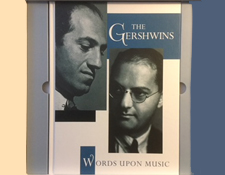 Of course this is Audiophilereview.com and you’re probably wondering how the music on this set sounds. Well, my original copy of the set was in Mono so I can’t compare apples to apples but the new pressings generally sound really nice! The vinyl records are dark, well centered, dead quiet and boast period-accurate black Verve records labels (even the fonts and copy on the labels seem to be mostly the same, although new copyright info and serial numbers are inevitably added). Not sure if they are 180-gram discs, but they are at least as thick as the original pressings.
Of course this is Audiophilereview.com and you’re probably wondering how the music on this set sounds. Well, my original copy of the set was in Mono so I can’t compare apples to apples but the new pressings generally sound really nice! The vinyl records are dark, well centered, dead quiet and boast period-accurate black Verve records labels (even the fonts and copy on the labels seem to be mostly the same, although new copyright info and serial numbers are inevitably added). Not sure if they are 180-gram discs, but they are at least as thick as the original pressings.
I don’t have insights into whether this reissue was remastered digitally, but I suspect that somewhere along the line there was a digital transfer made off the master tapes — I mean, you can buy a high resolution download of this set in up to 192 kHz, 24-bit fidelity at HDTracks.com so it stands to reason that they were probably working off the high res transfer to minimize wear on the old analog tapes. The high end is a little brighter than than my original Mono version but overall the music sounds quite open and rich, the orchestrations sounding full-bodied and lush, as they should be.
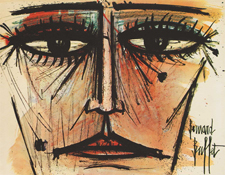 Of course, the performances are sublime. This is peak period Ella interpreting one of the great American songbooks of popular music. It is worth noting that this set was part of an extensive series issued by Norman Granz and Verve Records featuring Ella diving into rich catalog studies of great composers of the times. These sets included: The Complete Original Ella Fitzgerald Song Books, as well as individual albums including Ella Fitzgerald Sings The Cole Porter Song Book, The Rodgers & Hart Song Book, The Duke Ellington Song Book, The Irving Berlin Song Book, The Harold Arlen Song Book. The Jerome Kern Song Book and The Johnny Mercer Song Book.
Of course, the performances are sublime. This is peak period Ella interpreting one of the great American songbooks of popular music. It is worth noting that this set was part of an extensive series issued by Norman Granz and Verve Records featuring Ella diving into rich catalog studies of great composers of the times. These sets included: The Complete Original Ella Fitzgerald Song Books, as well as individual albums including Ella Fitzgerald Sings The Cole Porter Song Book, The Rodgers & Hart Song Book, The Duke Ellington Song Book, The Irving Berlin Song Book, The Harold Arlen Song Book. The Jerome Kern Song Book and The Johnny Mercer Song Book.
Going back to the Gershwin set, the question remains as to which version should you get? If you are one of the lucky ones who own an original Stereo edition in good condition, well, you’re in good shape. However, if you are like me possessing a Mono version — and perhaps one with the packaging that is in less than pristine condition (mine had broken spines) — you probably want the new edition. The Stereo presentation is really cinematic sounding at times and I very much enjoyed it over the flatter sounding Mono (for music like this with big orchestrations, Stereo can make a big difference).
If you are a streaming person, you can hear the whole collection in MQA format up on Tidal (which sounds quite good too). There is also a four CD compilation out there featuring this music.
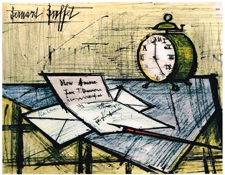 There are many ways to get to this music. Personally, I think that the preferred way to experience this music is the way that Norman Granz envisioned it back in 1959, spread over five individual albums and a bonus disc, complemented by an informative book to read as well as fabulous artwork to lose yourself in while listening.
There are many ways to get to this music. Personally, I think that the preferred way to experience this music is the way that Norman Granz envisioned it back in 1959, spread over five individual albums and a bonus disc, complemented by an informative book to read as well as fabulous artwork to lose yourself in while listening.
For that, you have to get the boxed set : a vintage vinyl experience you just can’t get on a computer or mobile device….
